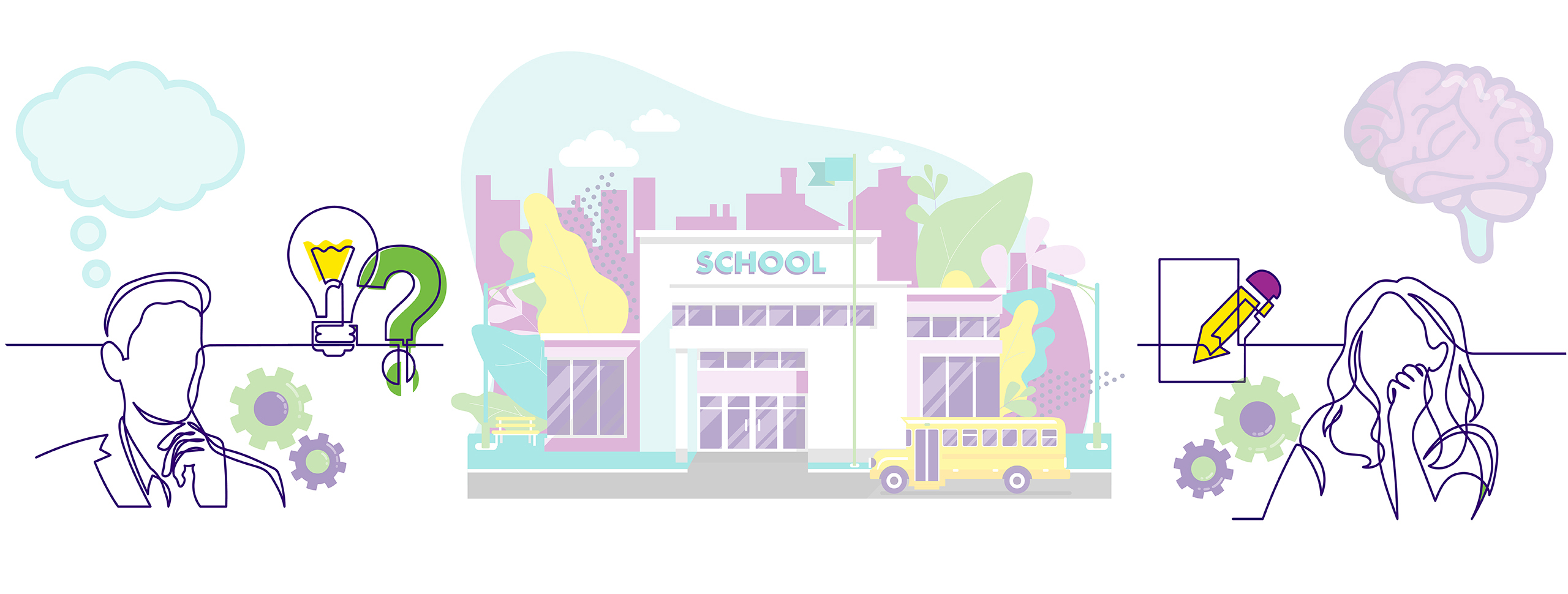
Reimagining America’s High Schools
This pillar is a part of the Pathways to Progress: A Federal Roadmap for College and Career Pathways.
All4Ed’s federal pathways agenda encompasses a comprehensive approach to education, addressing the needs of both learners and systems. The key policy priorities outlined for learners are essential pillars in shaping the future success of our young people. They ensure that students have access to advanced coursework, opportunities for career exploration, dedicated counseling, and guidance, and additional support for those with unique needs. Importantly, these policies also aim to relieve the cost burden on students and families, making education more accessible to all.
For our education systems, the agenda recognizes the importance of adequate and sustainable funding, shared data systems, robust accountability frameworks, and system alignment. These elements are crucial for ensuring that the educational system is not only efficient but also responsive to the evolving needs of our students and the job market.
It is evident that federal policy has often operated in isolated silos, limiting the opportunities available to young people. However, the Career-Connected High School program offers a promising exception to the siloed approach typically taken by federal policy. This program is responsive to the evolving landscape of the 21st-Ccentury workforce, which demands an educational system that not only imparts traditional academic knowledge but also integrates real-world skills and career-connected experiences. Specifically, the Career-Connected High Schools program funds partnerships among school districts, institutions of higher education, and employers. Further, it offers a comprehensive approach, integrating dual credit, work-based learning, industry recognized credentials, and quality advising.
Programs like the Career-Connected High Schools program work to redefine and enhance the connection between high school education and career readiness. Such programs:
Enhance College Readiness: Career-connected high schools can play a pivotal role in preparing students for the rigors of college. By offering advanced coursework and opportunities for college credit, students can gain a head start on their postsecondary education.
Encourage Lifelong Learning: Integrating career-focused learning encourages students to see education as a lifelong journey. It fosters a mindset of continuous improvement and adaptation, crucial in a rapidly changing world.
Bridge the Skills Gap: Traditional high school curricula often fall short in equipping students with the skills required in today’s job market. By incorporating career-oriented training and practical skills into the curriculum, students can graduate with a more relevant and applicable skill set.
Create Personalized Learning Paths: Every student has unique interests and strengths. Career-connected high schools can offer personalized learning paths, ensuring that education is tailored to individual aspirations and talents.
The federal government’s investment in these key areas is not just an educational imperative; it is a societal one. By supporting these policies and programs, we can ensure that our educational system is not only preparing students for the challenges of the future but also actively working to bridge the socioeconomic divides that have long hindered equitable access to opportunities.
The vision of a future where every student, regardless of their background, has the tools, resources, and support they need to succeed is within reach. It requires commitment, collaboration, and courage from all stakeholders in the education system. Together, we can transform our high schools into vibrant centers of learning and opportunity, forging a brighter future for our students and, ultimately, for our society.
